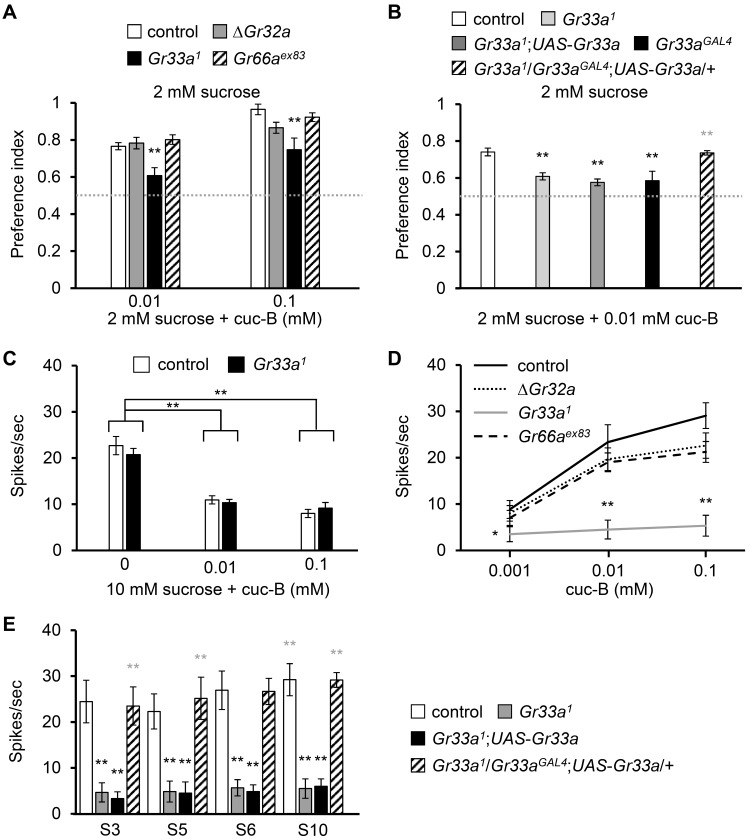Fig. 3. Gr33a is indispensable for behavioral avoidance and action potentials induced by cuc-B.
(A) Binary food choice assays with the indicated concentrations of cuc-B and indicated flies (n = 6-8). (B) Rescue of Gr33a1 defect in binary food choice assay by allowing the control, parent, and rescue strains to choose between 2 mM sucrose versus 2 mM sucrose plus 0.01 mM cuc-B (n = 4-6). (C) Average frequencies of action potential elicited by providing 10 mM sucrose and the indicated concentrations of cuc-B on L4 sensilla (n = 17- 21). (D) Average frequencies of action potential elicited from S10 sensilla of control and the indicated ∆Gr32a, Gr33a1,and Gr66aex83 mutants in a range of 0.001-0.1 mM cuc-B (n = 10-13). (E) Rescue of Gr33a1 defect in tip recording by expressing wild type cDNA of Gr33a under control of Gr33aGAL4 (n = 10-12). All error bars represent SEM. Single factor ANOVA with Scheffe’s analysis was used as a post hoc test to compare multiple sets of data. Asterisks indicate statistical significance (*P < 0.05, **P < 0.01). Black asterisks indicate statistical comparison with control, but gray asterisks in Figs. 3B and 3E indicate statistical comparison with the Gr33a1.

